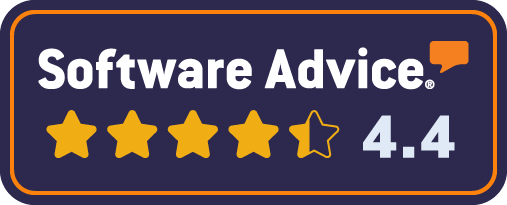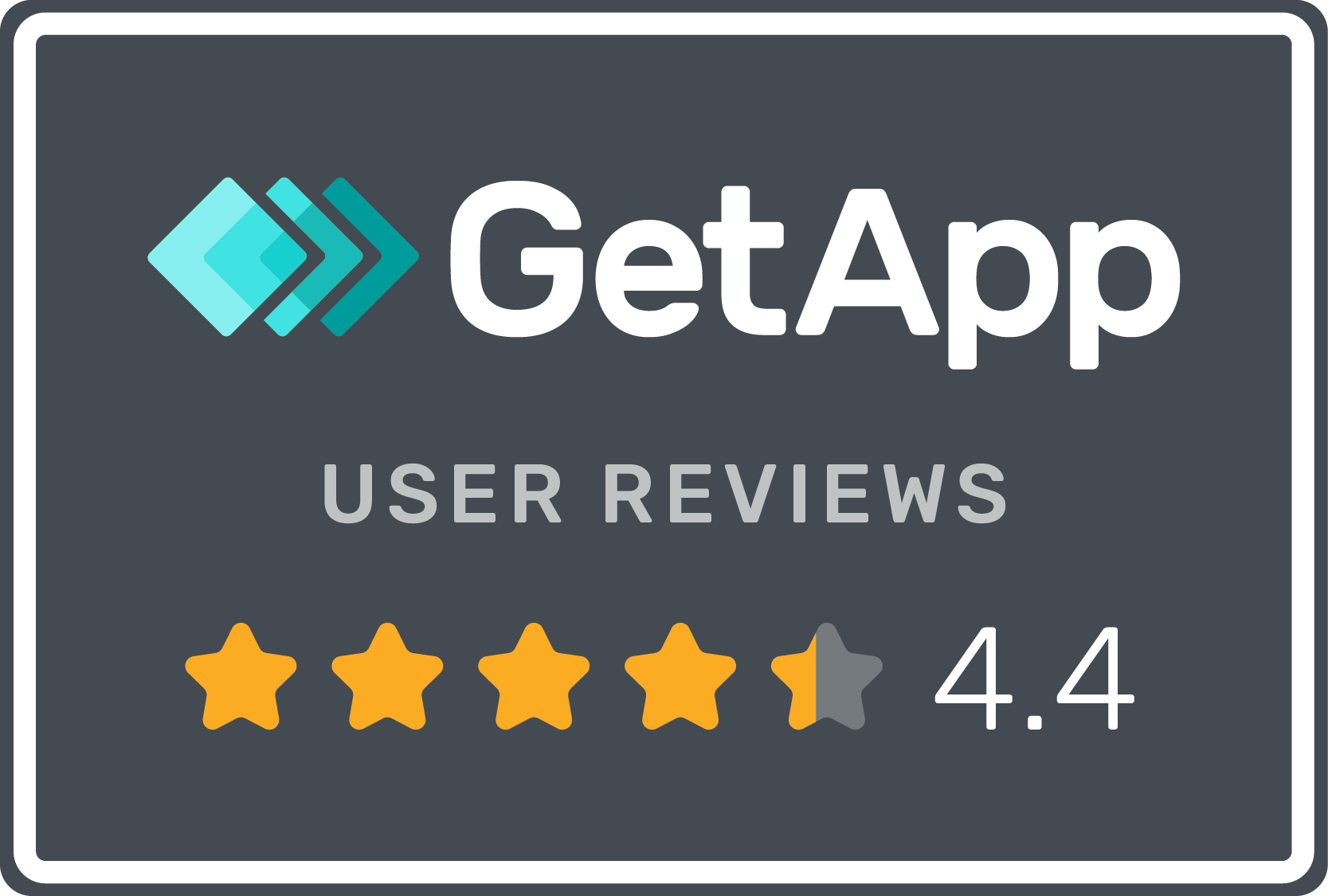workforce planning.
what is workforce planning?
Workforce planning is a systematic process of analysing current and forecasting future workforce needs, identifying talent or skills gaps, and exploring the most appropriate and cost-effective talent management interventions to fill them.
why is workforce planning important?
With today’s increasingly competitive and uncertain global market—not to mention constantly evolving workplace trends—organisations must take a proactive approach to attract and retain the talent they need to reach operational and strategic goals.
Workforce planning links workforce needs and talent management. Organisations that integrate workforce planning into their business operations benefit in the following ways:
accurate anticipation of and preparation for future changes
Workforce planning helps organisations define key performance indicators (KPIs) to inform management when there are any risks or issues before they impact operations. It also helps to determine future staffing needs and models several scenarios to determine the talent and skills needed.
The insights drawn from these analyses are turned into hiring and recruitment plans to ensure employers have adequate staff to reach their objectives. Organisations can take a proactive rather than reactive approach to talent management.
lower costs
Workforce planning provides a detailed overview of an organisation’s workforce and the precise productivity levels needed to reach operational and strategic goals. This prevents overstaffing, which reduces hiring and wage costs.
Through talent management, workforce planning can also enable organisations to nurture existing talent and prepare for succession planning. Externally hiring a qualified individual is more expensive than developing one internally.
improved recruitment processes
Workforce planning helps organisations understand the skills, traits, and characteristics needed to reach their objectives. It allows them to create detailed job descriptions to attract the right candidates, saving the organisation time and money in recruiting.
better retention strategies
Through predictive analytics, workplace planning can give you insights into the risk of employees resigning. With this information, organisations can implement retention strategies customised to these employees, such as raises, bonuses, and promotions. A general retention strategy is not as effective as a personalised one.
flexibility
An organisation that integrates and fully utilises workforce planning becomes more agile. They gain the ability to anticipate and react to change accurately. They can maintain productivity and revenue in various circumstances.
6 stages of workforce planning.
Organisations can implement workforce planning strategies using the six core stages below.
1. evaluate organisational goals and objectives
You must understand the goals and objectives set by your organisation’s leadership to determine how to align your workforce with them.
Start by evaluating short- and long-term strategies, challenges, and changes expected in the industry and in the economic and political environments that can impact the organisation. This will help you understand what role each workforce member is expected to play.
2. analyse your current and future supply of talent
Understand the composition of your current workforce, which slots need to be filled now, and how your talent needs are expected to change in the short and long term due to shifting trends. To analyse your talent, you need to know the following details:
- The number of employees and their skills at every level
- Positions that are challenging to fill
- Internal and external sources of talent
You also must understand the current and forecasted employee trends.
3. analyse current and future workforce demands
What skills, talents, and experience does the organisation need now, and what will it need in the future to achieve its objectives?
To understand your current workforce demands, analyse the number of people and skills required to attain a certain level of productivity, your attrition rate, and any anticipated changes in policies, technology, and regulations that can affect workload and workforce demand.
4. identify gaps between demand and supply
Once you understand the current and future workforce demand and talent supply, compare them to find gaps that can prevent you from achieving organisational objectives. Model several scenarios, pick the most likely one, and plan for it.
As you identify gaps, consider how hard it will be to fill them to determine how early you should start the process.
5. implement solutions
List the gaps in order of their impact on organisational performance. Next, implement the most cost-effective and appropriate solutions to align the gaps to the organisation’s overall direction and strategy. The several possible solutions, such as training, recruiting, and outsourcing, should be vetted and approved by all relevant stakeholders. It should also be clear whether they are short- or long-term solutions.
The solutions should efficiently equip the organisation with the resources it needs to meet its goals. Ensure effective communication channels to everyone can understand their role and support one another. Identify metrics and KPIs to measure progress.
6. monitor progress
Monitor how the solutions perform and how they affect the gaps and other processes. Make changes if they aren’t performing well, but keep improving them to maximise their effectiveness if they are working properly.
You can use KPIs and metrics to track their performance and accurately determine when to intervene.
enhance workforce planning with the right technology.
Workforce planning ensures organisations have the right people, with the right skills, at the right time. Organisations that implement this planning into their operations enjoy lower expenses, higher retention rates, and the flexibility to change and adapt to new trends. It’s the key to an organisation’s success with today’s uncertainty and constantly changing trends.
But workforce planning relies on data, which you can’t generate without the right technology solutions. An applicant tracking system (ATS) can help you streamline your recruitment process, strengthen your employer brand, deliver a better candidate experience and collect the data you need for workforce planning.










